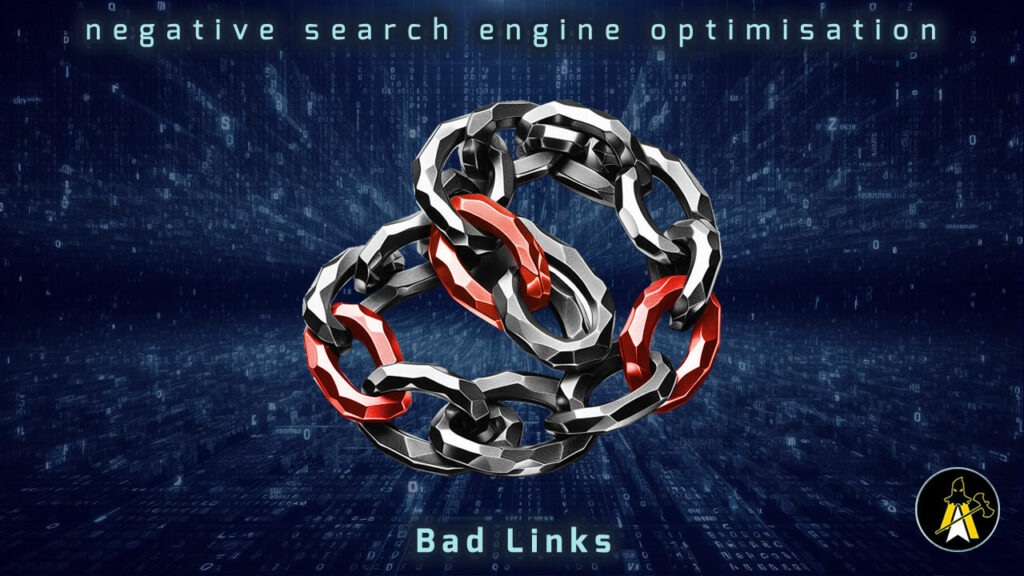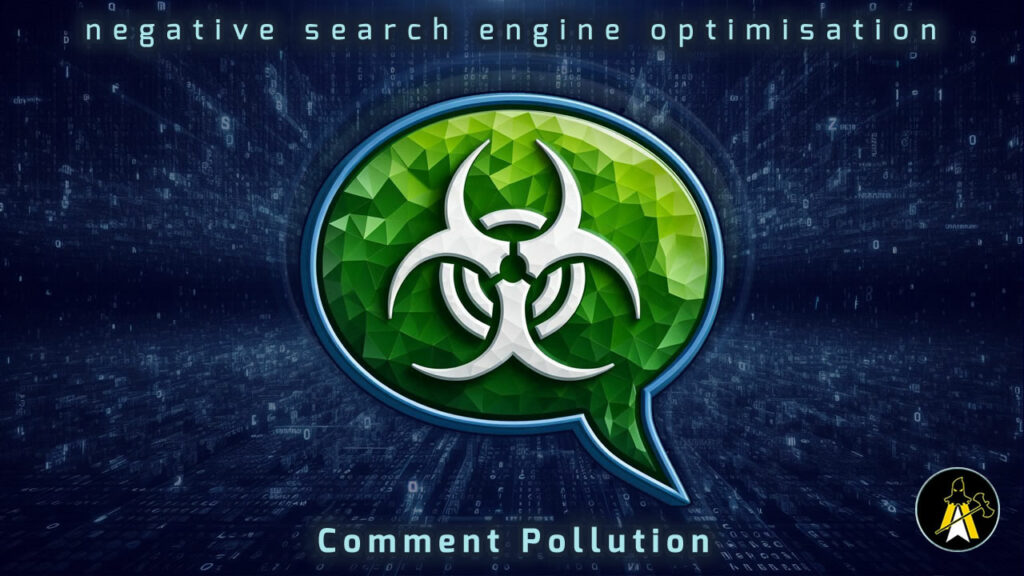Negative Search Engine Optimization (NSEO) has been hotly debated in the SEO sector for well over a decade now, but despite all the noise made by Search Engine Optimizers around the globe it is still one of the most misunderstood SEO tactics of all.
That’s because the majority of professionals in the sector still see Negative SEO as little more than link-spam, malicious linking attacks (Googlebombing,) and/or “Hacks” without ever considering the true scope of possible attack vectors. What’s more, Google has deliberately downplayed the efficacy of Negative SEO attacks for at least a decade now, thus helping to muddy the waters for those of us whose task it is to clean up the damage caused by NSEO used against legitimate enterprise.

Add to that the “Code of Silence” in the SEO sector, because most ethical professionals “don’t want to give ideas to the bad guys…” and what you have is the perfect storm to create a rapidly expanding field of malicious actors using an array of underhanded techniques unchallenged.
It’s Time to Take the Lid Off Negative SEO
What follows is an overview of the various NSEO attack vectors. It’s not exhaustive, because the field is expanding constantly, but it’s a more comprehensive resource than you’ll find anywhere else online. And we’re constantly adding to it as we discover new Negative SEO tactics. Where ways to mitigate or prevent an attack exist, we also provide a brief breakdown of these in the expanded details for each approach.
Types of NSEO Attacks:

Venomous Phoenix
Deliciously Simple: Take a dropped domain that’s been hit by a Google’s Algorithmic markdown, or better still, a manual action – revive it with some trashy AI content, then…

Bad Links
Build bad links with the intent of triggering a link manipulation flag/penalty, including “Masquerade Posting” (guest posting, impersonating the target)…

Comment Pollution
Abuse comments on your target’s site. This can be used to trigger safe-search, so the target site only shows in SERPS for a much smaller percentage of searches…
Sadly, there’s over 20 other types of Negative SEO you can learn about,
including NSEO attack vectors like Directory Edits, Fanning the Flames and DDoS Attacks.
Negative Digital Marketing (NDM)
While the following malicious behaviors do not actually fall under the heading of NSEO, they are nevertheless real threats against your online business which can impact both ROI and the accuracy of your company data.

Venomous Phoenix
Deliciously Simple: Take a dropped domain that’s been hit by a Google’s Algorithmic markdown, or better still, a manual action – revive it with some trashy AI content, then…
